Description
Key Features & Benefits
- With the Sixfab 3G-4G/LTE Base HAT, you can easily use EG25-G with your projects
- EG25-G is fallback compatible with UMTS/HSPA+ UC20 module and multi-mode LTE EC20/EC25 module in the compact and unified form factor, providing a flexible and scalable platform for migrating from UMTS/HSPA+ to LTE.
- Multi-constellation GNSS/GPS receiver available for applications requiring fast and accurate fixes in any environment
- MIMO technology meets demands for data rate and link reliability in modem wireless communication systems
- 3GPP E-UTRA Release 11
- 3GPP TS27.007 and Enhanced AT Commands
- USB 2.0 with High Speed up to 480Mbps
- 1.8V/3.0V (U)SIM Card Interface
- LED_WWAN for Network Status Indication
- W_DISABLE for Disabling RF Function
- DFOTA*: Delta Firmware Upgrade Over the Air
- eCall, DTMF, (U)SIM Card Detection
- UART × 1
- PERST# for Module Resetting
- Antenna: DL MIMO, Support Rx-diversity/GNSS Antennas
- Protocols: TCP/ UDP/ PPP/ FTP(S)/ HTTP(S)/ NTP/ PING/ QMI/ CMUX/ SMTP(S)/ MMS/ SSL/ FILE / NITZ
Key Applications
- Video/Music Streaming
- Large Data Downloads and Uploads
- LTE Dongle/Router
- Real-time Environmental Monitoring
- High-speed GPS Tracking
- Smart City & Agriculture Applications
- Mobile Internet Hotspot
- Smart Parking
- Security & Asset tracking
Product Specifications
| Best For | IoT applications and mobile data and computing devices with ultra-compact design and extended operating temperature range requirements |
| Regions | Global |
| Max. Data Speeds | LTE: LTE FDD: Max 150Mbps (DL)/Max 50Mbps (UL) LTE TDD: Max 130Mbps (DL)/Max 30Mbps (UL) UMTS: DC-HSDPA: Max 42Mbps (DL) HSUPA: Max 5.76Mbps (UL) WCDMA: Max 384Kbps (DL)/Max 384Kbps (UL) GSM: EDGE: Max 296Kbps (DL)/Max 236.8Kbps (UL) GPRS: Max 107Kbps (DL)/Max 85.6Kbps (UL) Note: The speed highly depends on the in-use antenna, environment and distance to base stations. |
| Positioning | GPS, GNSS |
| Electrical | Nominal: 3.3 VDC Range: 3.0 – 3.6 VDC |
| Operating Temp. | -35°C to +75°C |
| Dimensions | 51 x 30 x 4.9 mm |
| Approvals | Carrier Certification: Deutsche Telekom/Verizon/AT&T/Sprint/U.S. Cellular/Telus/Rogers* Regulatory Certification: SRRC/NAL/CCC/GCF/CE/FCC/PTCRB/IC/Anatel/IFETEL/KC/NCC/JATE/ TELEC/RCM/NBTC/ICASA/IMDA Others: WHQL *Click here for detailed table. |
| Compliance | RoHS, REACH |
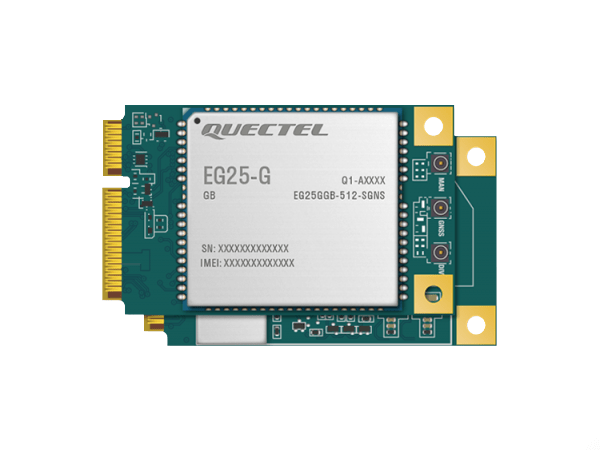
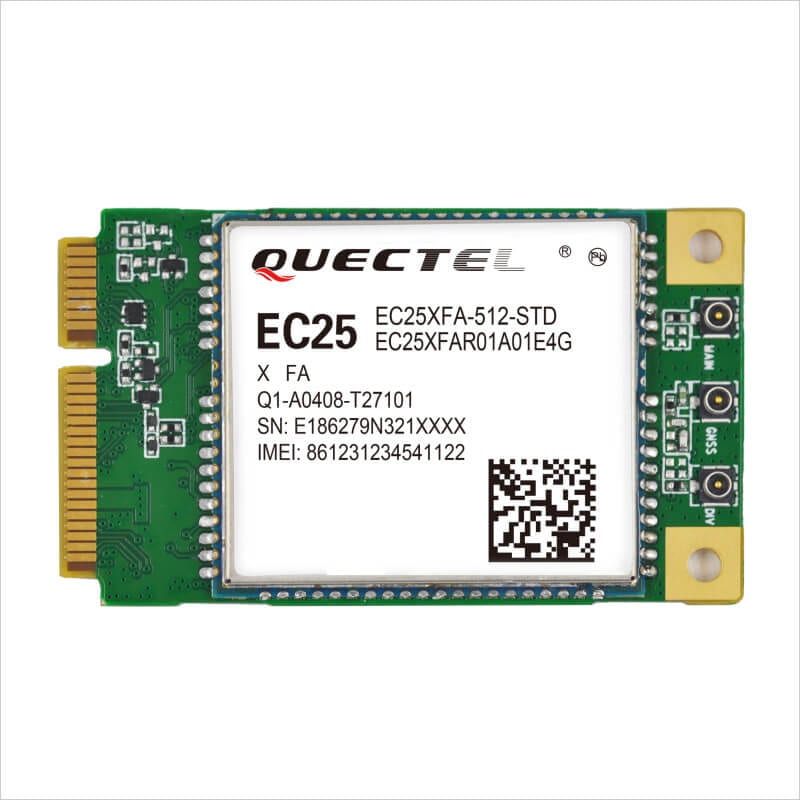
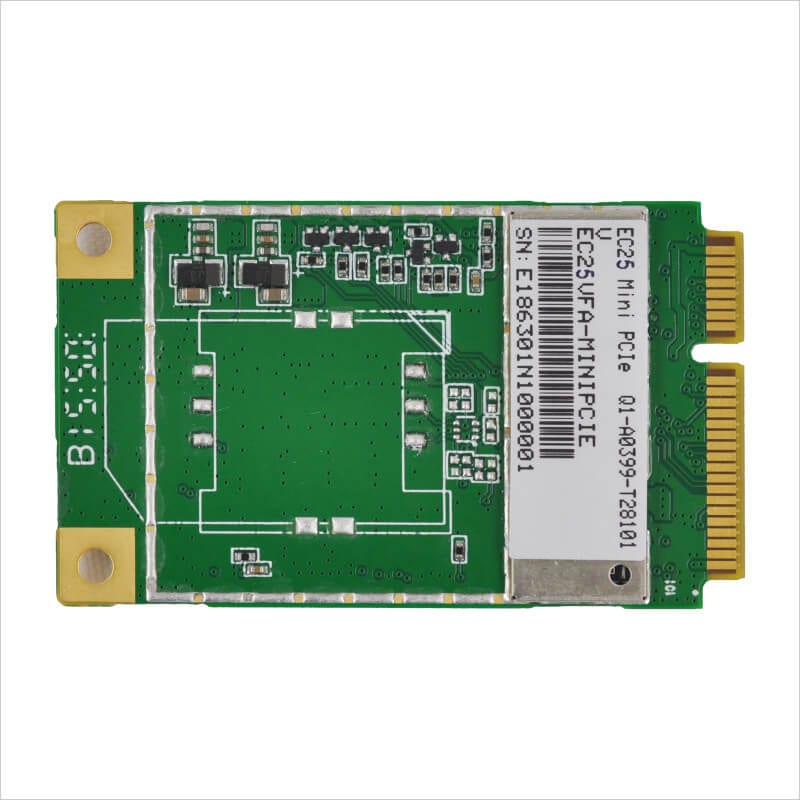
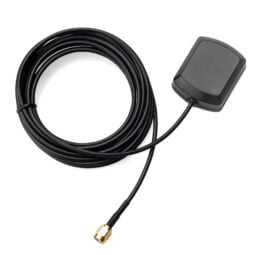
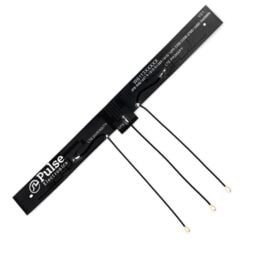
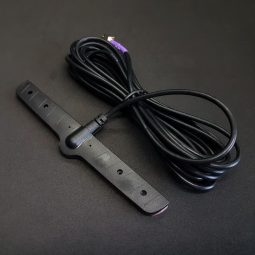
Suryadiputra –
Why we need two antennas? Which two antennas?
onur –
Hello,
As two branches of LTE antenna, the main antenna is responsible for sending and receiving signals and the diversity antenna is only responsible for receiving signals. The multi-antenna technology (MIMO) has the ability to transmit high-speed data and resist interference in the future. So, the better receiving sensitivity, using RX-diversity antenna additional to the main antenna is highly recommended.
Thanks
garrett todd –
how do you set it up to make calls on raspberry pi
Metin –
Audio calls not supported by our shield.
lachy –
What Type of connectors are the antenna connectors?
Metin –
UFL connectors.
Gargoyle –
Hi can this only be used with your shield or can I replace my minipci 3G module in Toshiba R600 running Ubuntu? Thanks
Saeed –
If the pinout of minipci 3G module in Toshiba is similar to that of Quectel EC25 Mini PCIe 4G/LTE Module, then you may replace it.
msramada –
Hey,
Does it need to have antennas to get a better connection? and which type of antennas? if you have a specific part name for that.
There’s an antenna that comes in the same page of the 3G/4G-LTE shield, but I read about it , and it only supports 2G .
Saeed –
Hi,
Yes you will need to connect antennas for the connection. Here are the link for antennas;
3G antennas: http://37.139.15.52/product-tag/3g/
4G/LTE antennas: http://37.139.15.52/product-tag/4g/
Mike –
What is the max data rate and interface to the Raspberry Pi?
Ethernet, serial, USB?
Are there ways to set up security and port forwarding?
Saeed –
Ethernet: Not available
Serial: 921600bps
USB: 480Mbps
No, You will need to ask your network provider.
Tan Eugene –
Hi, if I’m from Singapore, which module should I choose? Thanks!
Saeed –
Please check the Frequency Band of your carrier and compare it with Regional Options section of the product.
Thanks
Mike –
The US Verizon module is out of stock. Any estimate when it will be back in stock?
Mike –
Since EC25-V (verizon) is out of stock, can I use EC25-A (AT&T) on Verizon network instead?
They share same bands: 2, 4, 5
su –
Can I use it in india ?
Saeed –
Yes, you can use EC25-E in India.
jyoti shankar –
Is this pack contain base shield + EC25 ?
Saeed –
No, This is just EC25 Mini PCIe Module. You will need to order Base Shield and antenna separately.
ZAC WINGFIELD –
hello, which option should i choose from the drop down list for UK 4G network on the 3 network
Sean –
Hi, once I receive the EC25, how do I get service on it?
Saeed –
Hello Sean,
Did you go through our tutorials?
https://sixfab.com/category/raspberry-pi-3g-4glte-base-shield/
Khadmi –
Hi All,
Can this module work for dual apn public and private together. Can i do two separate configuration for ppp0 and ppp1 for a single module? . my sim supports dual apn.
onur –
The Module supports single APN and thus single PPP connection.
Broderick Calpe –
Hi,
Which version works with LTE in South America ?
Couldn’t see that option i the list. North america is the closest one.
Regards
Saeed –
EC25-A works in South America, Please compare the frequency bands.
Mats Blide –
Hi,
Just got my self a EC25 Mini PCIe with a Raspberry Pi 3G-4G/LTE Base Shield V2. No problem communicate with through USB. But no response from the UART via the Rpi pin header what so ever (have tried connecting a terminal directly to the Rpi pin header UART pins and that works)
Any ideas on how to get the UART work for AT commands?
/Mats
Saeed –
Hi
Do you have bridged the UART RESISTOR pads available below the shield?
Jason Southworth (verified owner) –
Bought the EC25-V for Verizon in the US. When I try to activate the IMEI with Verizon or several other carriers, they say the IMEI cannot be activated. It appears this module does not work in the US. Are there any other options?
Saeed –
The Quectel EC25V is approved for use on the network, but not a fully certified device. To start the certification process or to test the device on the network, please register your company at https://odi-device.verizonwireless.com/ and follow the full registration process. Once your company registration has been screened and accepted, you can follow the attached PDF to help complete the NDA online through our portal. After the NDA is signed and accepted, you can begin the device submission. At that point, you can upload test IMEIs (up to 20) to use for testing and development. Please let me know if you need to have a follow-up meeting to go through the OD portal.
Fully certified devices in the OD Showcase: https://opendevelopment.verizonwireless.com/device-showcase
Approved modules for design and certification: https://opendevelopment.verizonwireless.com/design-and-build/approved-modules.
EC25V is compatible with Verizon only.
Arturo Mejia –
Dears:
Is the Quectel EC25 Mini PCIe work in Mexico?
Is the Quectel EC25 Mini PCIe support 3G network too?
Regards
Saeed –
Hello,
Yes, EC25-AU variant works in Latin America.
Yes, The module is backward-compatible with existing EDGE and GSM/GPRS networks, ensuring that it can be connected even in remote areas devoid of 4G or 3G coverage.
PM –
What are the operating temperature range, and storage temperature range for EC25 ?
does it cover entire US & EU
ensar –
Hello,
Temperature Range:
Operation temperature range: -35°C ~ +75°C)(1)
Extended temperature range: -40°C ~ +80°C)(2)
1) Within operating temperature range, the module is 3GPP compliant.
2) Within extended temperature range, the module remains the ability to establish and maintain a
voice, SMS, data transmission, emergency call, etc. There is no unrecoverable malfunction; there are
also no effects on radio spectrum and no harm to radio network. Only one or more parameters like
Pout might reduce in their value and exceed the specified tolerances. When the temperature returns
to normal operating temperature levels, the module is compliant with 3GPP specification again.
Yes, it does.
ggegenhuber (verified owner) –
is there any prediction when the EG25-G (global version) will be in stock again?
ensar –
Available on backorder. The product will be ship after 01.12.2020.
Tim Gardner –
It worked great right away using USB ECM mode setup. I was surprised by the speed. It is a great 4G connection for Raspberry Pi for project with Cellular connection to internet. Or for IoT use also. Connecting over UART will be slower but will work but is tricky to get working. There is community help there for that and I posted my setup process. I would really recommend these. The build quality of the Hat is great.